While spring is the time to plant new plants and seedlings and summer is the right time to watch them grow, your garden needs care during fall as well. Here are some Essential Steps to Prepare Your Garden for Autumn. As the weather cools the plants mature and move towards hibernating during winter. However, preparing your garden during the fall will make your spring garden much better.
Examine the Garden
To prepare your garden for fall, first, walk around it and examine it with care. Look for bald patches of soil that require soil amendments, and overgrown plants that need to be divided, note down which bulbs need to be removed before winter, and which herbs need to be moved indoors.
Add Soil Amendments
Fall is the best time to add soil amendments as the slow-releasing fertilizer will enhance soil quality throughout the winter months. During spring and summer, the nutrients in the soil are depleted by the growing plants. Add soil amendments and turn them into the soil using a gardening fork. Ensure that you cover all areas where there are no plants either because you have removed spring and summer flowers, or bulbs, or because some plants did not thrive during the growing season.
While chemical fertilizers work for feeding the plant directly, organic fertilizer works by enriching the soil. Mulch, manure, and compost are all organic fertilizers that release nutrients slowly into the soil. By working them into the soil in the fall, you will reduce the number of gardening chores you have to perform in spring.
When it comes to a large patch of ground such as a kitchen garden, you should begin by first tilling and soil and removing roots and weeds. Next, add the mulch or soil amendment to the soil and till it again, working the nutrients into the soil. This step is easier to perform in the fall before the ground becomes hard during winter frost or soggy after the spring thaw. The soil is also warmer, letting the microorganisms thrive. By tilling the soil in the fall, you will be introducing oxygen into the soil when it is still warm, ensuring healthier soil for spring planting.
Remove Herbs Indoors
Remove potted herbs indoors before the weather becomes cooler and you will be able to enjoy fresh herbs for a longer period of time. Simply move the pots to a warm corner of the porch that gets some sunlight and is not exposed to snow or frost.
Apply Weed Killer on the Lawn
Most gardeners recommend that weed killer be applied twice on the lawn each year. In the fall you need to apply weed killer to get rid of the seeds that have landed in the summer. This will mean the emergence of fewer weeds in the spring when the lawn revives.
If you have pets be careful how you distribute the poison. You may want to keep your dog(s) inside your home for a couple of hours to allow the poison to penetrate the weeds before you allow your dog to run around in your backyard. If you are only worried about weeds in your front lawn then you should not have too much to worry about. While the poison is being absorbed by the weeds, you can walk your dog during this time so they are not too restless inside your home waiting for the poison to seep inside the plant.
Collect Seeds
If you have been growing heirloom plants from seeds, fall is the time to collect seeds from both flowering and kitchen garden plants. For this, you need to avoid harvesting a few fruits and flowers and instead let them ripen or dry out on the plant. Fruits that over-ripen on the plant will have mature seeds that can be collected by soaking the fruit in water and removing the pulp.
The weaker seeds will float to the top and can be discarded and the heavier seeds collected and dried before being labeled and stored in a clean, cool, and dry environment.
Empty the Rain Water Barrel
If you have been collecting rainwater in a barrel for your gardening needs, you need to drain it completely before the onset of the first frost. Drain the barrel and clean it after removing the pipes and tubes. This will reduce the chances of damaging it by frozen water.
Remove Mulch from Stems and Trunks
As you go around your garden in the fall, remove mulch from stems and trunks of trees and perennial shrubs. This will help prevent the formation of mold or mildew as there is no moisture trap on the shrubs.
Examine Perennials
You should also examine all the perennials in your garden for signs of disease. Look for spotted leaves or rotting stems and either apply treatment, prune the branch, or remove the plant before the disease spreads to healthy plants in the vicinity.
Check Trees for Damaged Branches
To make sure that people and property are not damaged by rotting branches, check all of them for signs of damaged branches. This is easier in fall when some of the trees shed their leaves, leaving the branches bare and easier to inspect. If you spot signs of danger, get the branches removed.
These essential steps to prepare your garden for Autumn can help you have a better garden in spring and summer. Many of the fall garden chores will ensure that the soil is healthy and ready for spring planting. By doing this you will be able to plant your spring crops after minimal soil preparation, getting a head start on your fantastic and enlightening garden.
Essential Steps to Prepare Your Garden for Autumn
-
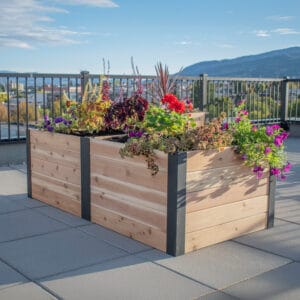 On SaleSale!%Off30Save $248248$30%248$On SaleSale!%Off30Save $248248$30%248$
On SaleSale!%Off30Save $248248$30%248$On SaleSale!%Off30Save $248248$30%248$ -
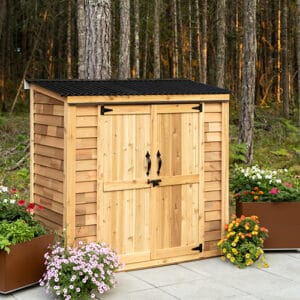
-
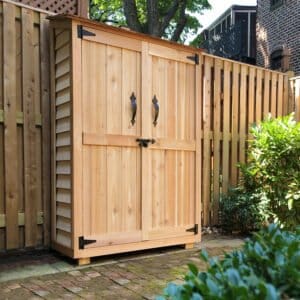 On SaleSale!%Off30Save $405405$30%405$On SaleSale!%Off30Save $405405$30%405$
On SaleSale!%Off30Save $405405$30%405$On SaleSale!%Off30Save $405405$30%405$ -
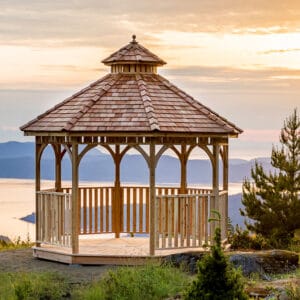 On SaleSale!%Off5Save $513513$5%513$On SaleSale!%Off4Save $488488$4%488$On SaleSale!%Off5Save $449449$5%449$On SaleSale!%Off14Save $1,8301830$14%1830$On SaleSale!%Off14Save $1,8301830$14%1830$
On SaleSale!%Off5Save $513513$5%513$On SaleSale!%Off4Save $488488$4%488$On SaleSale!%Off5Save $449449$5%449$On SaleSale!%Off14Save $1,8301830$14%1830$On SaleSale!%Off14Save $1,8301830$14%1830$ -
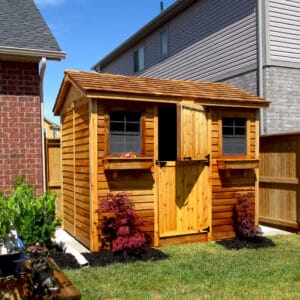 On SaleSale!%Off12Save $704704$12%704$On SaleSale!%Off17Save $983983$17%983$On SaleSale!%Off27Save $1,5101510$27%1510$On SaleSale!%Off27Save $1,5101510$27%1510$
On SaleSale!%Off12Save $704704$12%704$On SaleSale!%Off17Save $983983$17%983$On SaleSale!%Off27Save $1,5101510$27%1510$On SaleSale!%Off27Save $1,5101510$27%1510$ -
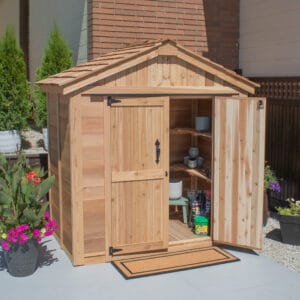 On SaleSale!%Off13Save $305305$13%305$On SaleSale!%Off11Save $262262$11%262$On SaleSale!%Off13Save $305305$13%305$
On SaleSale!%Off13Save $305305$13%305$On SaleSale!%Off11Save $262262$11%262$On SaleSale!%Off13Save $305305$13%305$




